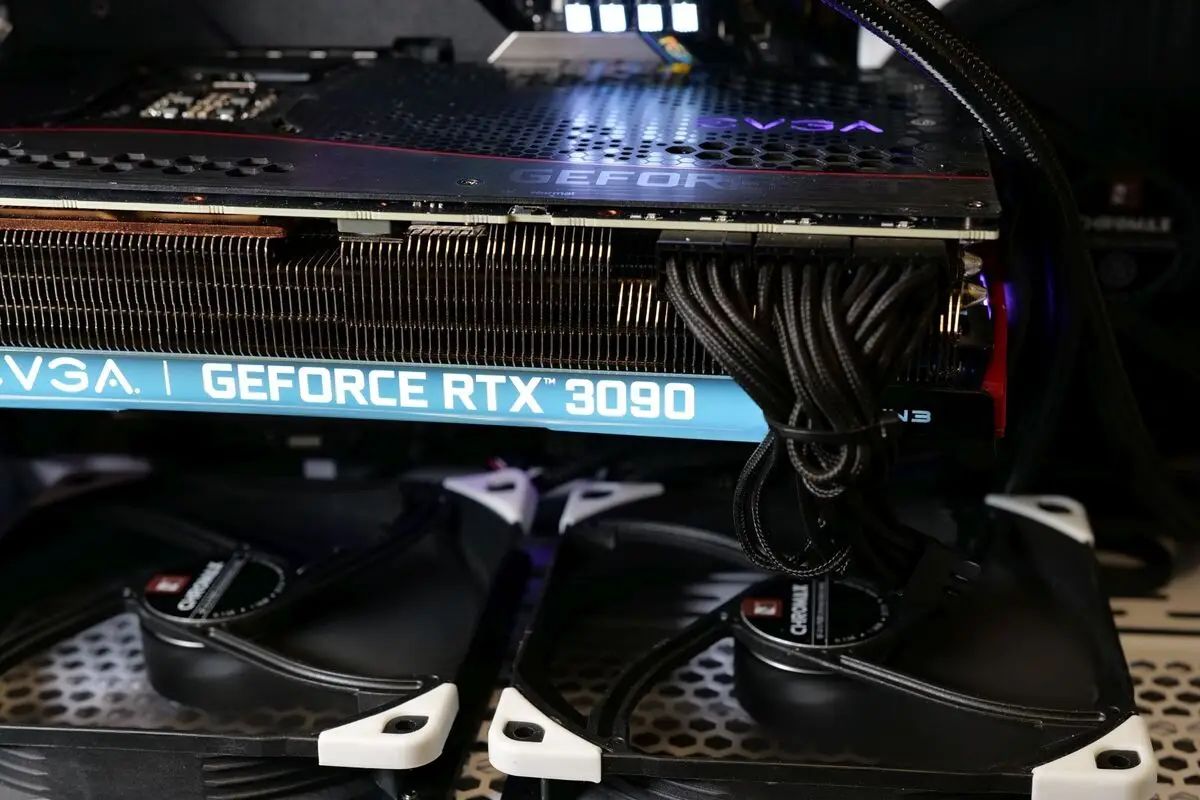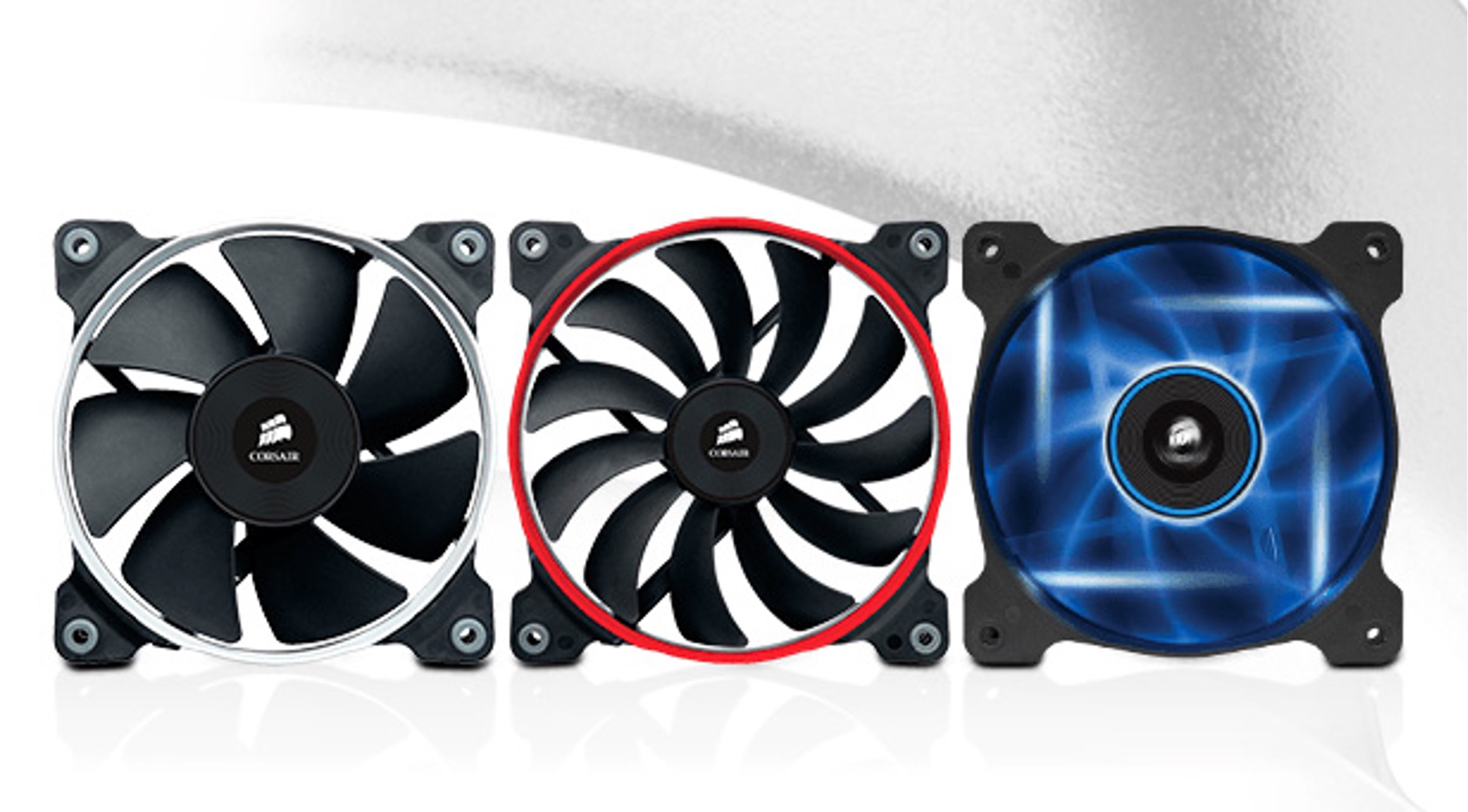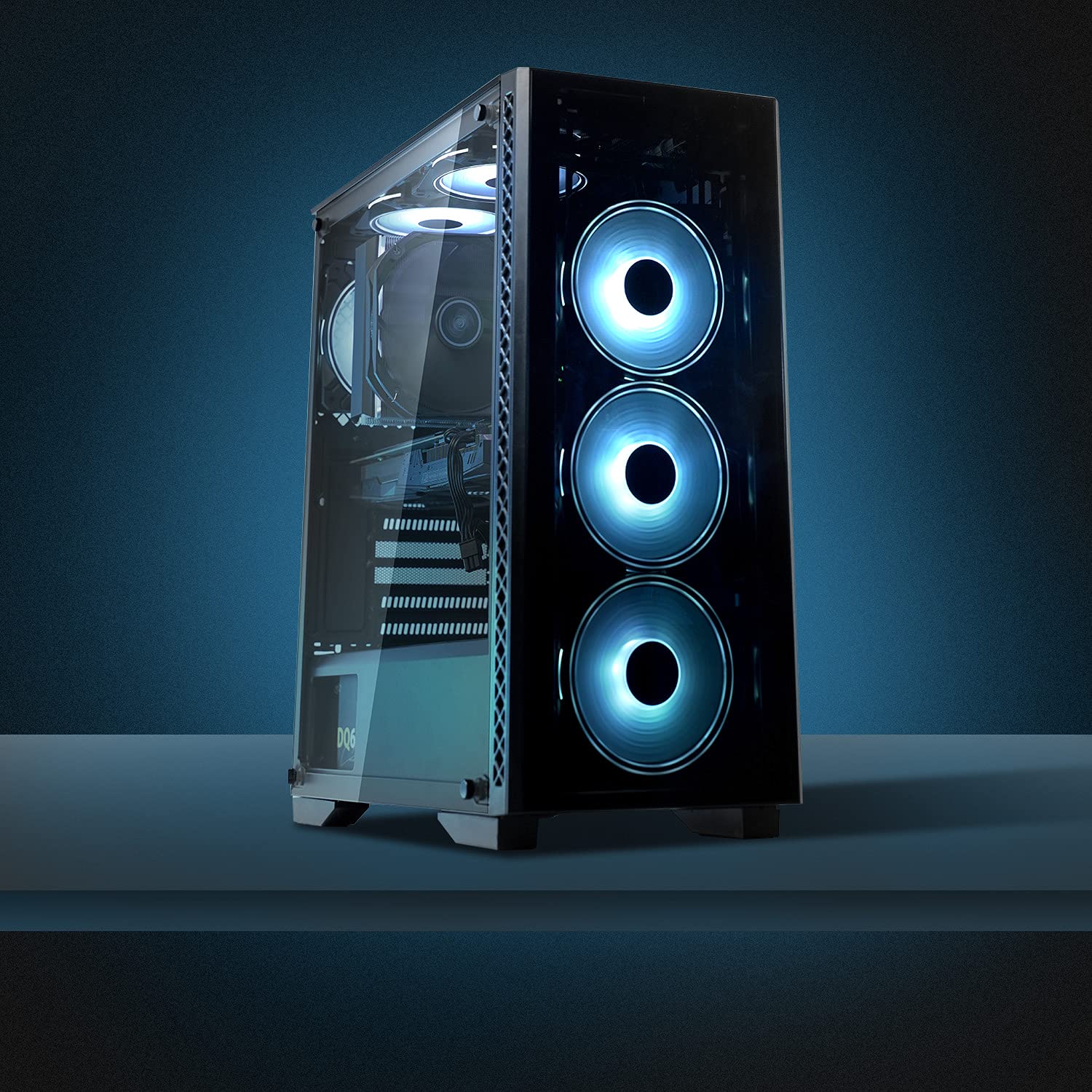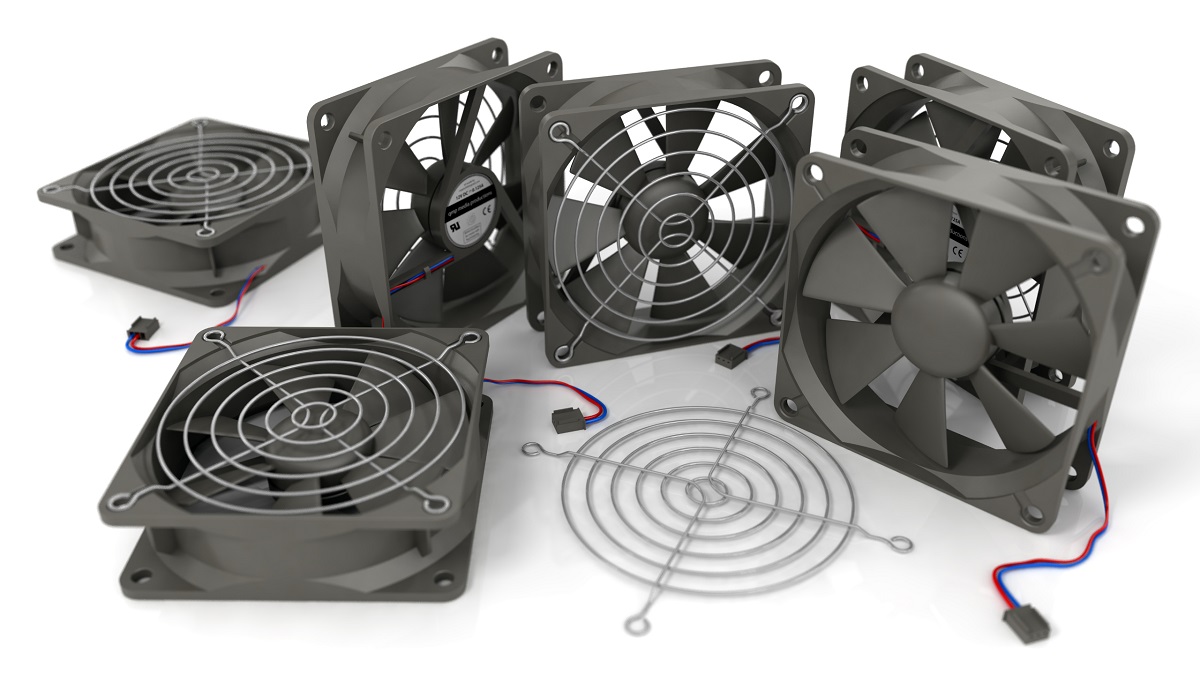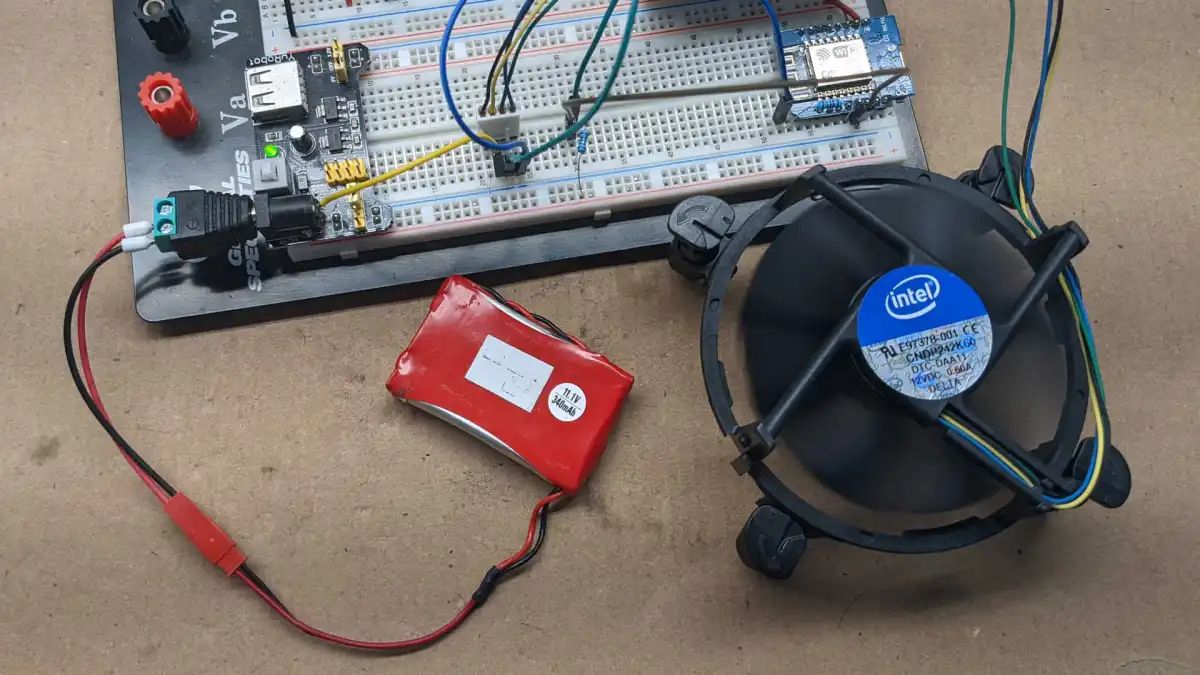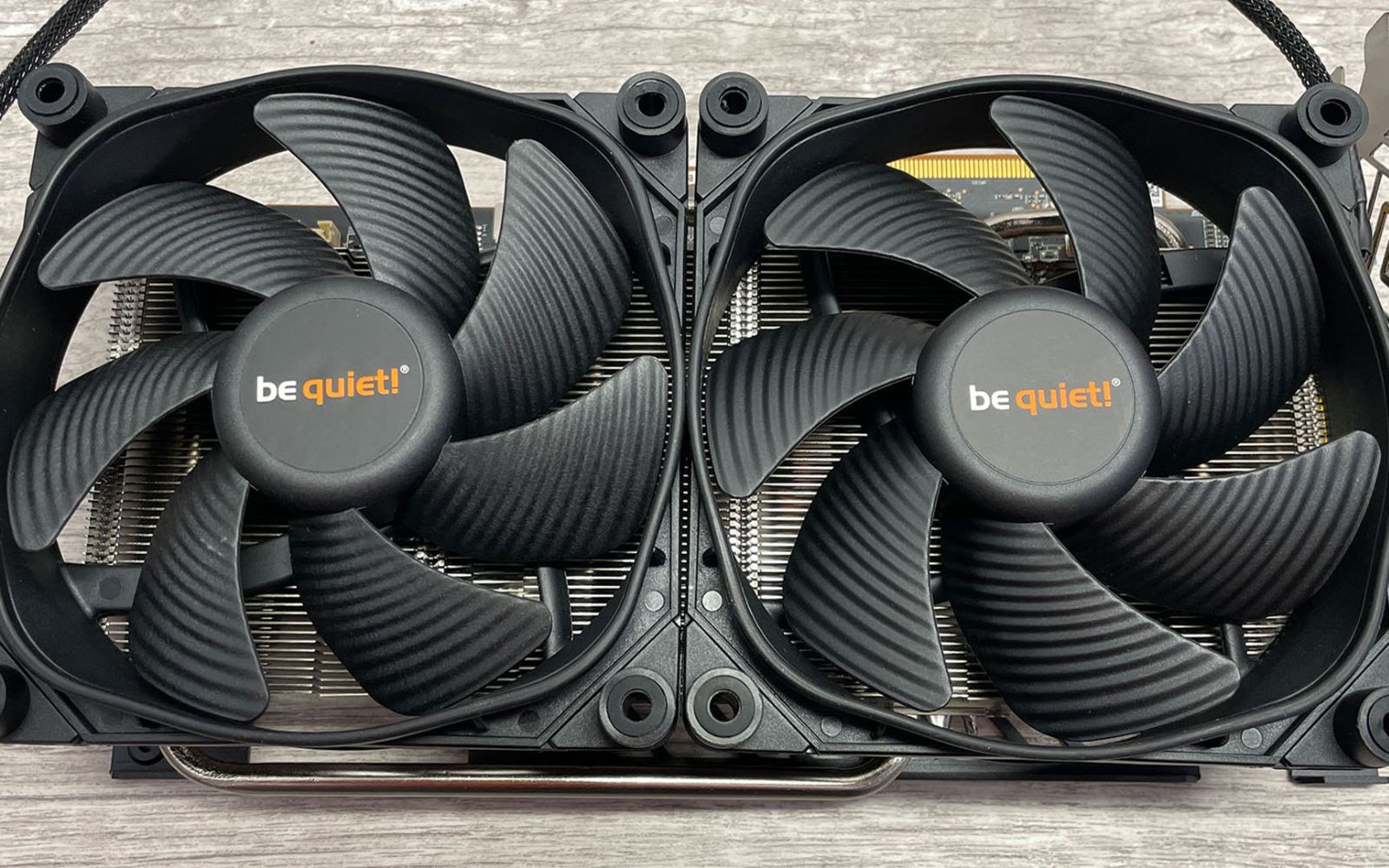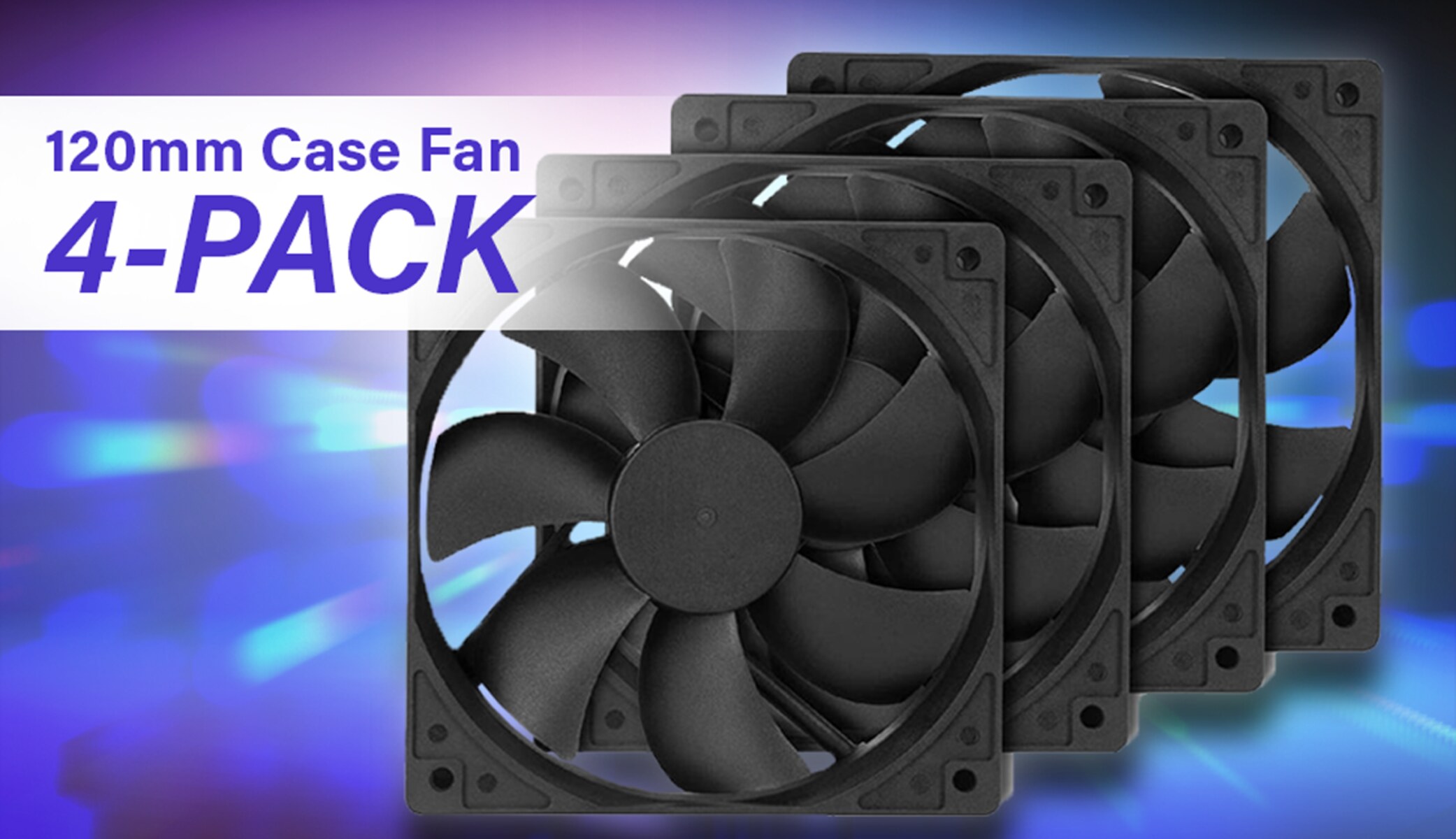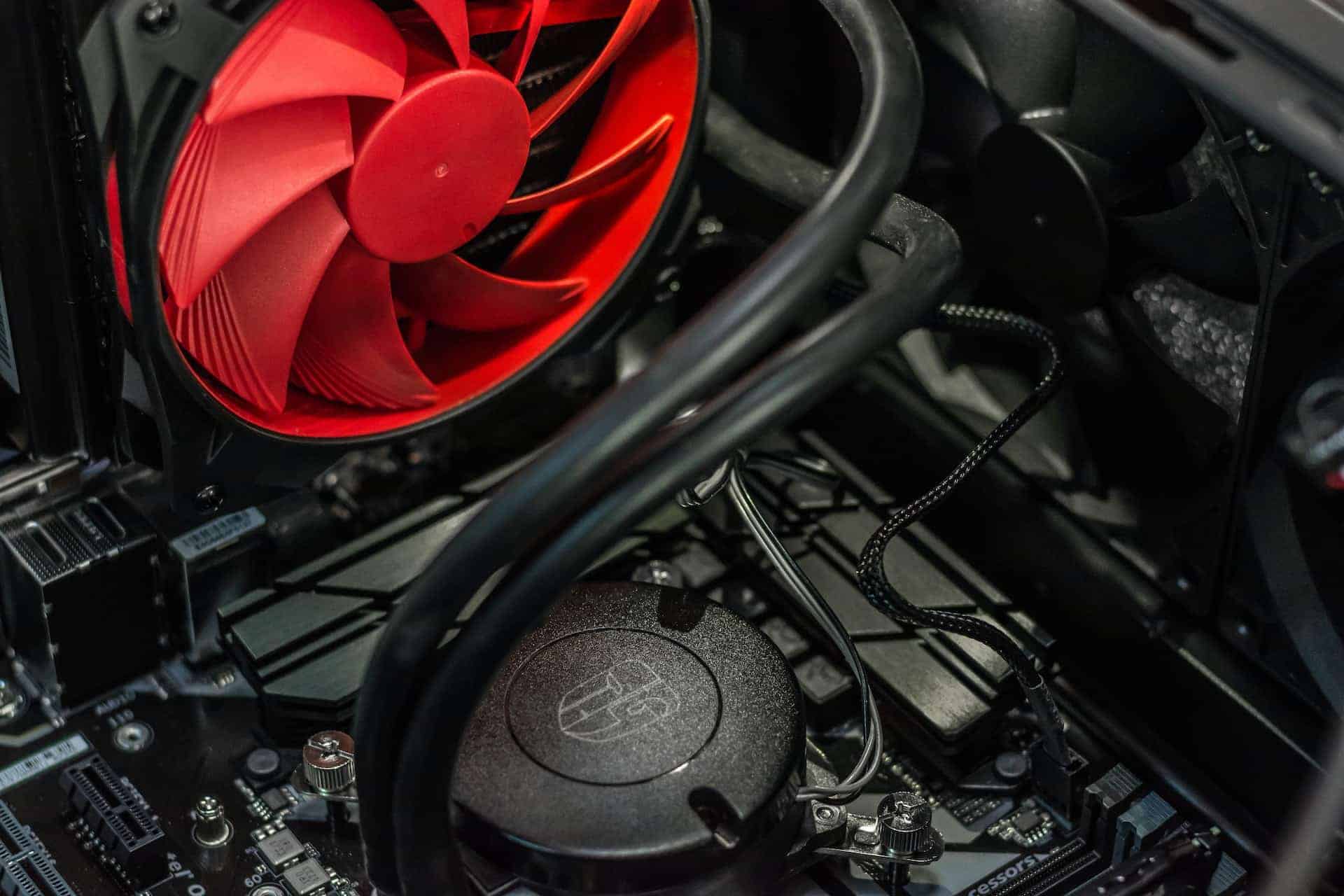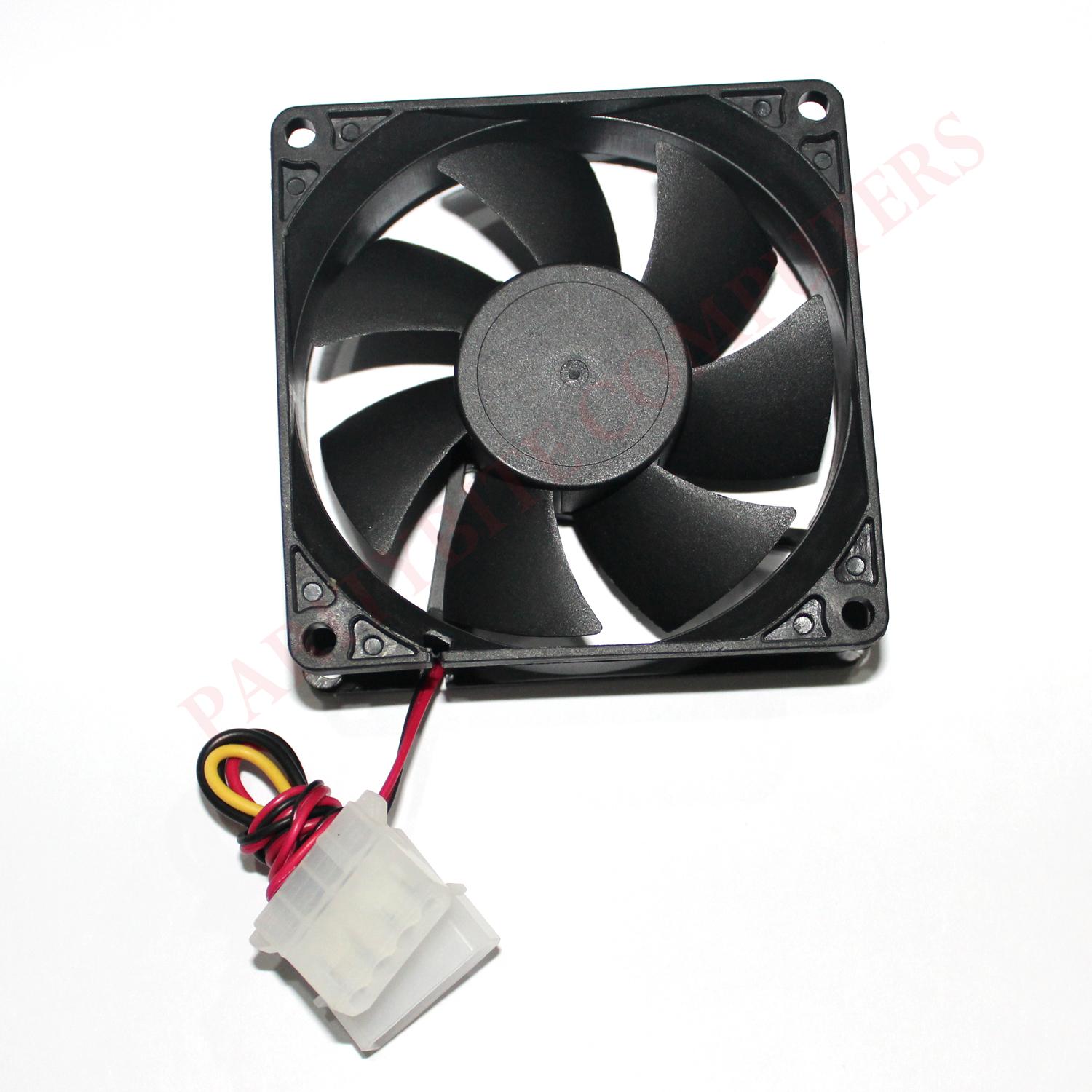Introduction
When it comes to keeping our computers cool and operating efficiently, one of the key components to consider is the PC case fan speed. The fan speed determines how quickly the air is circulated inside the computer case, helping to dissipate heat and maintain optimal operating temperatures. Understanding the importance of PC case fan speed and knowing how to determine the ideal speed can greatly improve the performance and lifespan of your computer.
PC case fan speed refers to the rotational speed of the fans installed in the computer case. These fans are responsible for cooling various components such as the CPU, GPU, and power supply unit. Adequate cooling is crucial in preventing overheating, which can lead to performance issues, system instability, and even hardware damage.
When the fan speed is too low, the airflow inside the computer case may be insufficient to cool down the components effectively. On the other hand, when the fan speed is too high, it can create unnecessary noise and potentially lead to premature fan failure. Therefore, finding the right balance is essential for optimal cooling performance.
There are several factors to consider when determining the ideal fan speed for your PC case. These factors include the ambient temperature, the specific cooling needs of your components, and the overall airflow configuration within your computer case. By carefully considering these factors, you can accurately calculate the ideal fan speed to achieve the best possible cooling performance.
However, there are common misconceptions about PC case fan speed that need to be addressed. Some people believe that running the fans at maximum speed all the time is the best approach, while others think that lower fan speeds are sufficient. In reality, the ideal fan speed is a result of a proper analysis of the specific cooling requirements of your computer and should be adjusted accordingly.
In this article, we will explore the importance of PC case fan speed, discuss the factors to consider when determining the ideal speed, provide tips for optimizing fan speed, and debunk common misconceptions. By the end, you will have a clear understanding of how to achieve the ideal fan speed for your PC case, ensuring optimal cooling and overall system performance.
What is PC case fan speed?
PC case fan speed refers to the rotational speed at which the fans installed in the computer case operate. These fans are designed to circulate air inside the case, effectively cooling down the internal components of the computer. Fan speed is measured in revolutions per minute (RPM), indicating the number of times the fan rotates in a minute.
The fan speed of a PC case is typically controlled by the motherboard or a fan controller. This allows users to adjust the speed of the fans based on their specific cooling needs. By increasing the fan speed, more air is circulated, resulting in better cooling performance. Conversely, reducing the fan speed can help minimize noise levels while still providing adequate cooling.
Most modern PC cases have multiple fans installed to ensure efficient airflow. These fans are strategically placed to draw cool air into the case and expel hot air from it. The primary fans include the intake fans, which bring in fresh air from outside the case, and the exhaust fans, which push out the hot air generated by the components.
PC case fans come in various sizes, including 80mm, 120mm, and 140mm. Larger fans typically offer better airflow and quieter operation due to their larger blades, while smaller fans are suitable for compact cases with limited space.
The effectiveness of PC case fan speed depends on several factors, such as the overall airflow configuration, the ambient temperature, and the specific cooling requirements of the components. Finding the right balance is essential for maintaining optimal temperatures and ensuring the longevity of the computer components.
It’s important to note that PC case fan speed is different from the CPU fan speed. While the PC case fans cool the entire system, including the CPU, the CPU fan focuses solely on cooling the processor. Both fan speeds play a crucial role in maintaining overall system temperature and performance.
In the next section, we will explore the importance of PC case fan speed and why it is essential for the proper functioning of a computer.
Importance of PC case fan speed
The PC case fan speed plays a vital role in maintaining the optimal temperature of your computer components. Keeping your computer cool is essential for several reasons:
- Preventing overheating: The components inside your computer generate a significant amount of heat during operation. If not properly cooled, this heat can accumulate and lead to overheating. Overheating can cause system instability, reduce performance, and even damage your hardware. Proper fan speed ensures effective heat dissipation, preventing overheating issues.
- Protecting component lifespan: Excessive heat exposure can significantly shorten the lifespan of your computer components. Components such as the CPU, GPU, and motherboard are sensitive to high temperatures and can degrade over time. By maintaining the ideal fan speed, you can preserve the longevity of your hardware, avoiding costly replacements.
- Improving system stability: Overheating can lead to system instability, causing frequent crashes, freezing, and unexpected shutdowns. The correct fan speed helps to stabilize the system temperature, ensuring consistent and reliable performance, especially during demanding tasks such as gaming or video editing.
- Enhancing overall performance: When your system operates at optimal temperatures, the performance of your components improves. Cool temperatures prevent thermal throttling, a protective mechanism that reduces performance to prevent overheating. By keeping your system cool with the right fan speed, you can maximize the performance potential of your components.
- Reducing noise levels: While cooling is crucial, excessive fan speed can result in increased noise levels, which can be bothersome, especially during tasks that require concentration or quiet environments. Finding the right balance between cooling performance and noise levels ensures a quieter and more enjoyable computing experience.
Ultimately, maintaining the ideal PC case fan speed is essential for the overall health, performance, and lifespan of your computer. By effectively managing the temperature within the case, you can prevent overheating, protect your components, improve system stability, enhance performance, and reduce noise levels.
In the next section, we will explore the factors you need to consider when determining the ideal fan speed for your PC case.
Factors to consider when determining ideal fan speed
When determining the ideal fan speed for your PC case, it’s important to consider several factors to ensure effective cooling and optimal performance. These factors include:
- Ambient temperature: The temperature of the environment in which your computer operates affects the cooling requirements. If the ambient temperature is high, the components will naturally generate more heat, and the fan speed may need to be increased to compensate.
- Cooling needs of components: Different components have varying cooling requirements. CPUs and GPUs, for example, tend to generate more heat compared to other components. Consider the specific cooling needs of your components and adjust the fan speed accordingly to ensure they stay within safe temperature ranges.
- Airflow configuration: The layout and configuration of fans and airflow paths within your PC case impact cooling efficiency. It’s important to have a well-planned airflow configuration that promotes the smooth movement of air and minimizes hotspots. The number and placement of intake and exhaust fans, as well as the use of additional components like heat sinks or liquid cooling systems, should be considered when determining the ideal fan speed.
- Fan noise levels: While cooling performance is crucial, noise levels can also affect your computing experience. Consider the noise generated by the fans at different speeds and find the balance between cooling performance and noise. Quieter fans or fan speed control options can help minimize noise while maintaining adequate cooling.
- System usage and load: The tasks you perform on your computer can influence the heat production and cooling needs. Gaming or resource-intensive tasks can significantly increase the temperature of the components, requiring higher fan speeds to maintain proper cooling. Monitoring the system temperature and adjusting the fan speed based on the workload can help optimize cooling performance.
When determining the ideal fan speed, it’s important to find the right balance that addresses the cooling needs of your components while considering factors such as ambient temperature, airflow, noise levels, and system usage. Remember that fan speed is not a one-size-fits-all solution and may need adjustments based on specific circumstances or changes in system configuration.
In the next section, we will discuss how to calculate the ideal PC case fan speed based on the factors mentioned above.
How to calculate ideal PC case fan speed
Calculating the ideal PC case fan speed involves considering various factors and making adjustments based on the specific cooling needs of your components. Here are some steps to help you determine the optimal fan speed for your computer:
- Assess your cooling needs: Evaluate the components in your computer and determine their cooling requirements. Components like CPUs and GPUs typically generate more heat and may require higher fan speeds for effective cooling.
- Check ambient temperature: Measure the ambient temperature of the room or environment where your computer is located. If the room is consistently warm, you may need to increase the fan speed to compensate for the higher temperature.
- Monitor system temperature: Use software tools or BIOS settings to monitor the temperature of your computer’s components. Keep an eye on the temperatures while performing different tasks or running resource-intensive applications to understand the typical temperature range of your system.
- Adjust fan curves or speeds: Most modern motherboards or fan controllers allow you to adjust the fan curves or fan speeds based on temperature. This feature allows you to set different fan speeds at different temperature thresholds. Adjust the curves or speeds to ensure that the fans spin faster as the temperature increases.
- Experiment and monitor: Make initial adjustments and observe the effects on system temperature and fan noise levels. Run stress tests, intensive tasks, or gaming sessions to push your system to the limits and monitor the temperatures. Fine-tune the fan speed settings as needed to strike a balance between cooling performance, noise levels, and system stability.
- Consider additional cooling options: If your computer consistently operates at high temperatures even with increased fan speeds, you may need to explore additional cooling options like aftermarket CPU coolers, liquid cooling solutions, or additional case fans.
It’s important to note that there is no definitive formula for calculating the ideal fan speed, as it depends on various factors unique to your system. Experimentation and monitoring are key to finding the optimal fan speed that maintains proper cooling while ensuring a quiet and stable computing experience.
In the next section, we will address common misconceptions about PC case fan speed and provide clarifications to help you make informed decisions.
Common misconceptions about PC case fan speed
When it comes to PC case fan speed, there are several common misconceptions that can lead to confusion and incorrect practices. It’s important to address these misconceptions to help you make informed decisions about your computer’s cooling. Let’s debunk a few of these misconceptions:
- Running fans at maximum speed all the time: Some believe that running the fans at maximum speed constantly will provide the best cooling performance. However, this can lead to excessive noise and unnecessary wear on the fans. In reality, adjusting the fan speed based on system temperature and workload is a more efficient and balanced approach.
- Assuming lower fan speeds are sufficient: On the other end of the spectrum, some believe that lower fan speeds are enough to maintain optimal temperatures. While lower speeds may reduce noise levels, they may not provide adequate cooling under demanding circumstances. It’s important to find the right balance for your specific system requirements.
- Believing all fans need to spin at the same speed: Each component within your computer has different cooling needs. For example, the CPU may require more cooling than the memory modules. It’s perfectly acceptable to have different fans spinning at different speeds based on the specific cooling requirements of each component.
- Thinking more fans equate to better cooling: While having more fans can improve airflow, the overall cooling performance depends on the balance of intake and exhaust fans, proper placement, and airflow configuration. Adding more fans without considering these factors may not necessarily result in better cooling and can disrupt the airflow within the case.
- Ignoring system temperature monitoring: Some users overlook the importance of monitoring system temperatures and rely solely on fixed fan speeds. Temperature monitoring allows you to detect any abnormalities, adjust fan speeds accordingly, and identify potential cooling issues that require attention.
By addressing these misconceptions and understanding the realities of PC case fan speed, you can make informed decisions about configuring your fan speeds for optimal cooling performance.
In the next section, we will provide some valuable tips for optimizing your PC case fan speed to achieve the best cooling results.
Tips for optimizing PC case fan speed
Optimizing your PC case fan speed can greatly improve cooling performance and maintain optimal temperatures for your computer components. Consider the following tips to ensure efficient cooling and a balanced fan speed configuration:
- Plan your airflow configuration: Map out the placement of intake and exhaust fans to create a well-directed airflow path within your PC case. Position intake fans to draw in cool air from outside the case and place exhaust fans strategically to expel hot air. This helps prevent the recirculation of hot air and promotes efficient heat dissipation.
- Clean and maintain fans regularly: Dust accumulation on fans can obstruct airflow and reduce cooling efficiency. Regularly clean dust and debris from your fans using compressed air or a soft brush. This ensures that the fans can spin freely and maintain optimal airflow.
- Consider fan placement and orientation: Depending on your specific case and component layout, experiment with different fan orientations, such as front-to-back or bottom-to-top airflow. Some cases may benefit from additional fans mounted on the side panel or top for enhanced cooling performance.
- Invest in high-quality fans: Higher quality fans often provide better cooling performance with less noise. Consider investing in fans from reputable brands that offer features like fluid dynamic bearings and PWM control. These fans can help optimize cooling while maintaining quieter operation.
- Utilize fan speed control: Take advantage of the fan speed control options provided by your motherboard or fan controller. Adjust fan curves or speeds based on system temperature to ensure that cooling needs are met during different workload scenarios. You can use software tools or BIOS settings to customize fan speed profiles.
- Monitor system temperatures: Regularly monitor the temperatures of your computer components using software tools or BIOS monitoring. This allows you to identify any temperature spikes or abnormalities and make necessary adjustments to fan speeds or cooling configurations.
- Consider additional cooling solutions: If your PC case fan speed alone cannot adequately cool your system, consider additional cooling options. Aftermarket CPU coolers, liquid cooling solutions, or adding more case fans can help improve cooling performance and maintain optimal temperatures.
By following these tips, you can optimize your PC case fan speed to achieve efficient and effective cooling for your computer. Remember to strike a balance between cooling performance and noise levels, and monitor system temperatures regularly to ensure the longevity and optimal performance of your components.
In the next section, we will conclude our discussion on PC case fan speed and the importance of maintaining optimal cooling for your computer.
Conclusion
Understanding the importance of PC case fan speed is essential for maintaining optimal temperatures and performance for your computer. By choosing the right fan speed and optimizing airflow within your PC case, you can effectively dissipate heat and prevent overheating, ensuring the longevity and efficient operation of your components.
Factors such as ambient temperature, cooling needs of components, airflow configuration, and system usage should be considered when determining the ideal fan speed. Adjusting fan curves or speeds based on these factors will help strike the right balance between cooling performance and noise levels.
It’s important to debunk common misconceptions about PC case fan speed, such as running fans at maximum speed constantly or assuming lower fan speeds are always sufficient. By gaining a clear understanding of the realities of fan speed, you can make informed decisions and optimize cooling performance for your computer.
By following the tips mentioned in this article, including planning your airflow configuration, cleaning and maintaining fans, investing in high-quality fans, utilizing fan speed control, and monitoring system temperatures, you can further enhance the cooling capabilities of your PC case.
Remember, finding the ideal PC case fan speed is not a one-size-fits-all solution. It requires experimentation, monitoring, and adjustments to cater to your specific system requirements. By prioritizing efficient cooling and properly managing fan speeds, you can enjoy improved system stability, longevity of components, and overall performance.
So, take the time to assess your cooling needs, understand your PC case fan speed options, and implement the necessary adjustments to achieve the optimal cooling performance for your computer. Your components will thank you with years of reliable operation.







